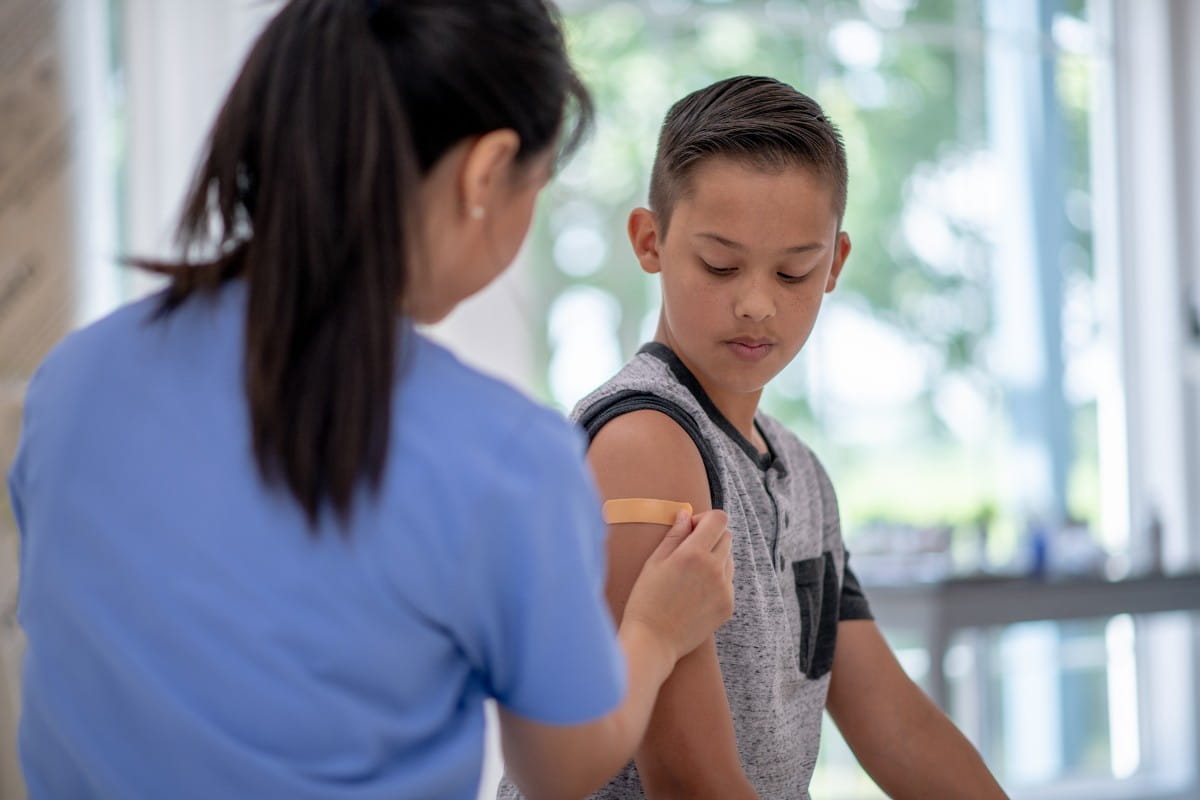Laura Kerbin, M.D., a Medical Oncologist at the Riverside Shore Cancer Center, refers to herself as the “after the fact” doctor when it comes to skin cancer. In other words, the damage is already done when patients get to her. That’s just one reason she is passionate about educating people about the harmful effects of UV rays. Managing risk and practicing prevention are the best forms of defense against skin cancer – the most common cancer in the U.S.
“Obviously, sun exposure and sunburns are one of the biggest risk factors when we talk about skin cancer,” says Dr. Kerbin.
Other risk factors can include a family history of skin cancer, having fair skin and light eyes, lots of freckles, or certain types of moles. And age itself is a risk factor.
The good news, according to Dr. Kerbin, is that there are relatively simple things most people can do to decrease their risk. At the top of the list? Sunscreen.
Safeguard your skin with sunscreen
Using an SPF sunscreen of at least 30 and reapplying if you’ve been in the water or out of the sun for a while helps ensure its effectiveness. People shouldn’t neglect lesser-thought-of areas like ears, head (especially bald heads), and feet.
“We see a lot of skin cancer on the ears because people forget to protect them with sunscreen,” adds Dr. Kerbin.
In addition to sunscreen, wearing hats, covering up exposed skin and sitting in shaded areas will help limit direct sun exposure. So grabbing those floppy hats and beach umbrellas are a must for those beach days. It is also best to avoid the time of day when UV rays are higher, typically between 10 a.m. and 2 p.m.
People should avoid tanning beds and sun lamps, which provide concentrated doses of UV light.
Watch your moles for changes. Early detection matters.
The most common types of skin cancer include basal cell carcinoma and squamous cell carcinoma, followed by melanoma and other skin cancers. When identified early, almost all skin cancers can be cured with treatment.
Knowing what to look for is as easy as A,B,C,D,E, according to Dr. Kerbin:
A – Asymmetry: One half is unlike the other half
B – Borders: Irregular or poorly defined border
C – Color: Varied from one area to another (shades of tan or brown, black, red, white, or blue)
D – Diameter: Diameter greater than 6mm
E – Evolution: Changing in size, color or shape
If an area of skin is constantly itching, breaking open, or has trouble healing, it is time to have it evaluated by a physician.
Despite all the efforts to educate people about the dangers of overexposure to the sun, cases remain on the rise.
“With the summer season in full swing, now is the time to stay vigilant about safety in the sun,” says Dr. Kerbin.
If you are experiencing any of the symptoms mentioned above, or have concerns about your skin health, don't hesitate to seek professional support. Visit here to connect with a health care provider who can assist you with your primary care needs. Stay safe and take care of your skin all year long.
Explore Riverside Primary Care and Wellness Resources:
- Primary Care: Find a primary care doctor. Learn more.
- Primary Care Services: Explore our range of primary care services. Explore services.
- Healthy YOU Blogs: Stay informed with our latest articles on primary care. Explore blogs.
- Skin cancer early detection handout: Download and share information to prevent and detect skin cancer.



